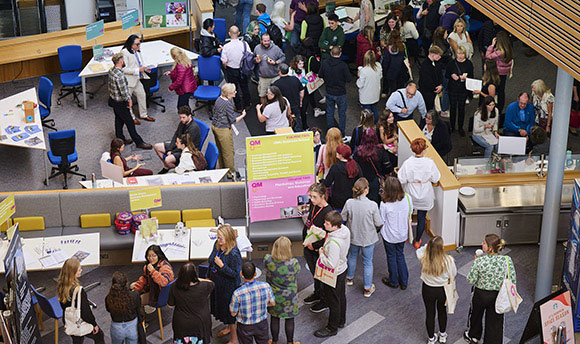QMU A Live Tool to Guide the Implementation and Evaluation of Tuberculosis Infection Prevention and Control
-
For our multi-disciplinary project, we did a scoping review of the literature reporting whole system influences on the implementation of tuberculosis infection prevention and control measures (TB-IPC) at health facility level in low- and middle-income countries.
-
This was a very insightful exercise to identify gaps in knowledge as well as potential barriers and opportunities for TB-IPC implementation.
-
Though incredibly valuable, we soon realised that it is labour-intensive to unpack and map the complexity of and dynamics between all that can be influencing the implementation of TB-IPC at facility level.
-
This challenge is not unique to TB-IPC implementation.
-
For the successful implementation of solutions and tackling of problems that affect the health and well-being of people globally, we need to join forces and connect explicit and tacit knowledge held across system actors, disciplines and sectors.
Method
dots.
is a collaborative, independent platform that facilitates the implementation of solutions by connecting the dots between different types of knowledge from stakeholders across the system.
-
- Include input based on research and experiences of individual system actors
- Collect, connect and categorise past and present knowledge in an ongoing manner
- Map complexity through interactive visuals in accessible language (expand and hide details)
- Apply filters to complexity maps, e.g. knowledge source, location, system level
- Search and summarise knowledge areas of specific interest
Outcomes - Connecting the dots
Continuous knowledge sharing across actors, disciplines & sectors
Targeted, efficient & effective implementation of solutions
Health policy & systems strengths
Improved global health & well-being
Discussion
However, to be able to connect the dots we need:
- You!
- Whether you are a policy maker, researcher, practitioner, businessperson or part of a donor, philanthropic or non-governmental organisation. We would love to hear your thoughts.
- What is good about dots. and what is missing? • What do you expect to be the challenges?
- How would you use dots.?
- Whether you are a policy maker, researcher, practitioner, businessperson or part of a donor, philanthropic or non-governmental organisation. We would love to hear your thoughts.
- Artificial intelligence and big data ethics support in developing the platform.
- Information and user experience designers to translate data into appealing, user-friendly complexity maps.



